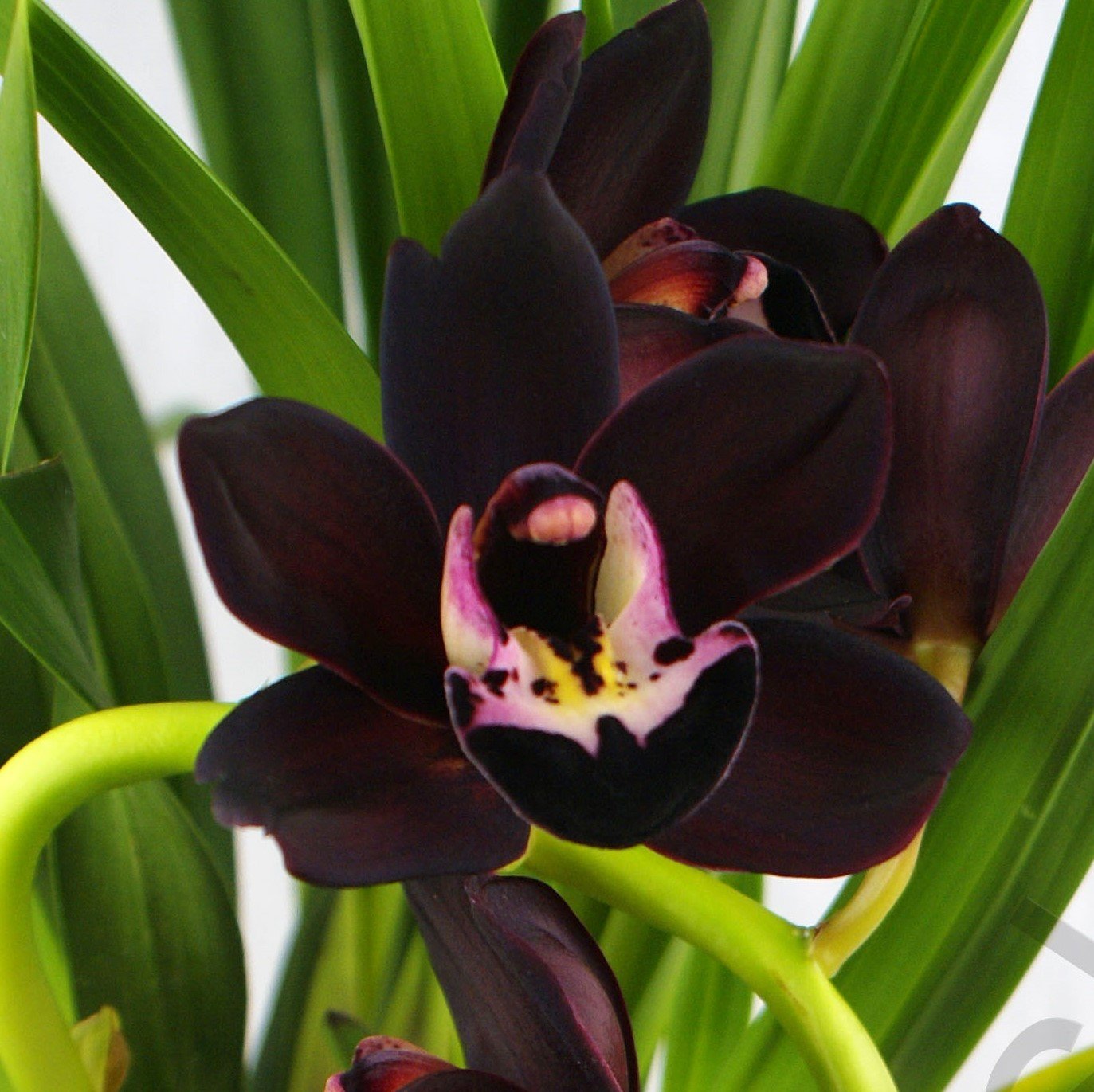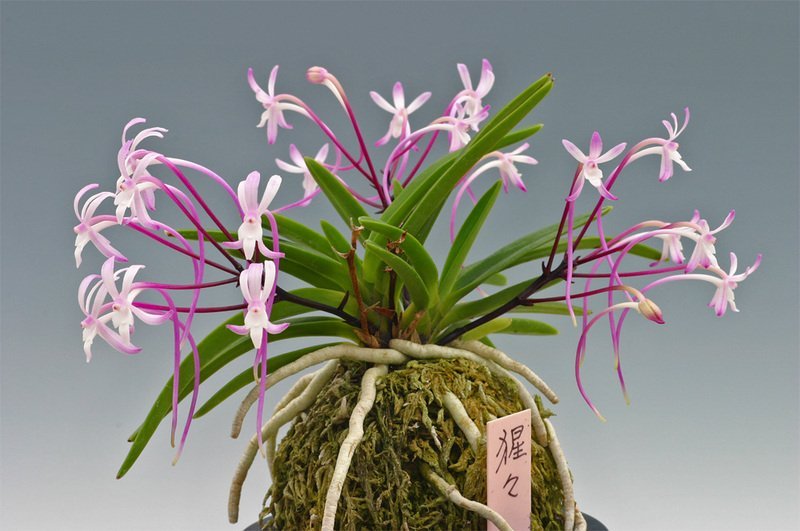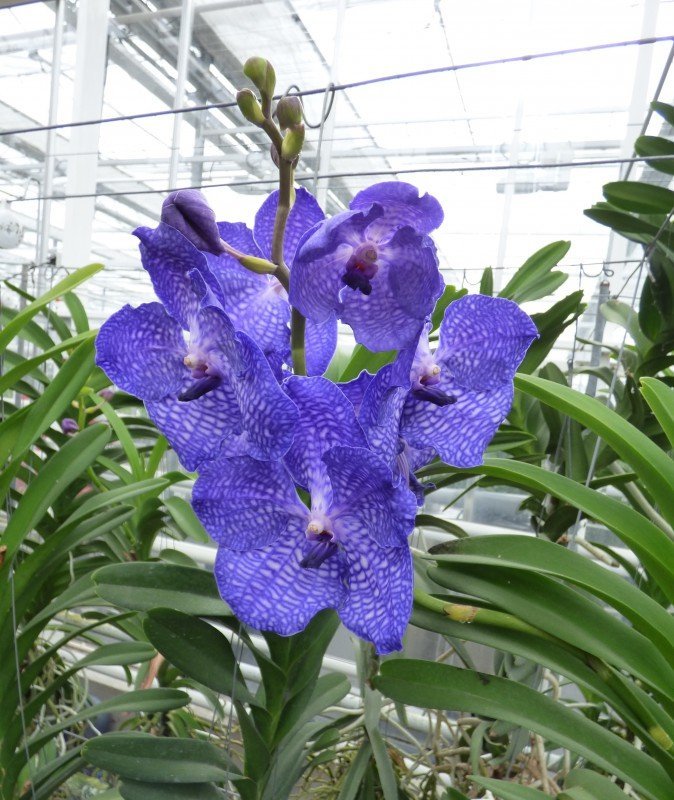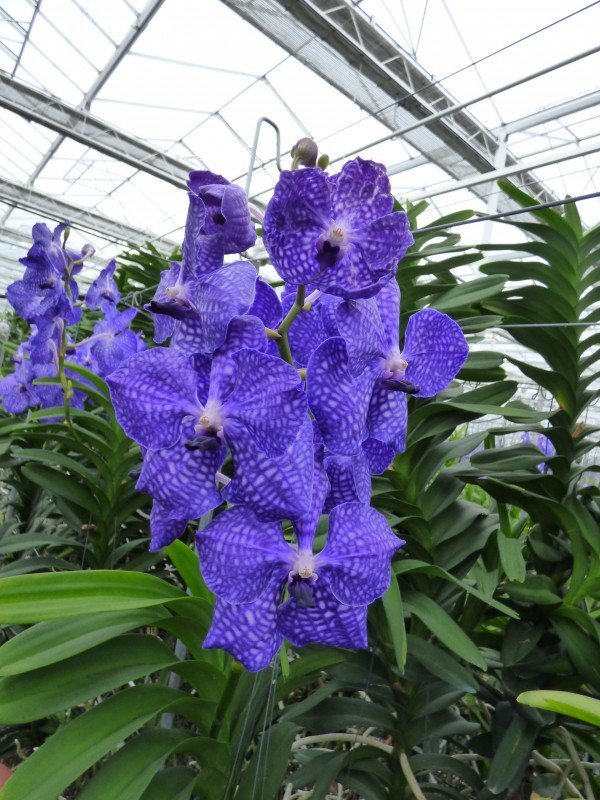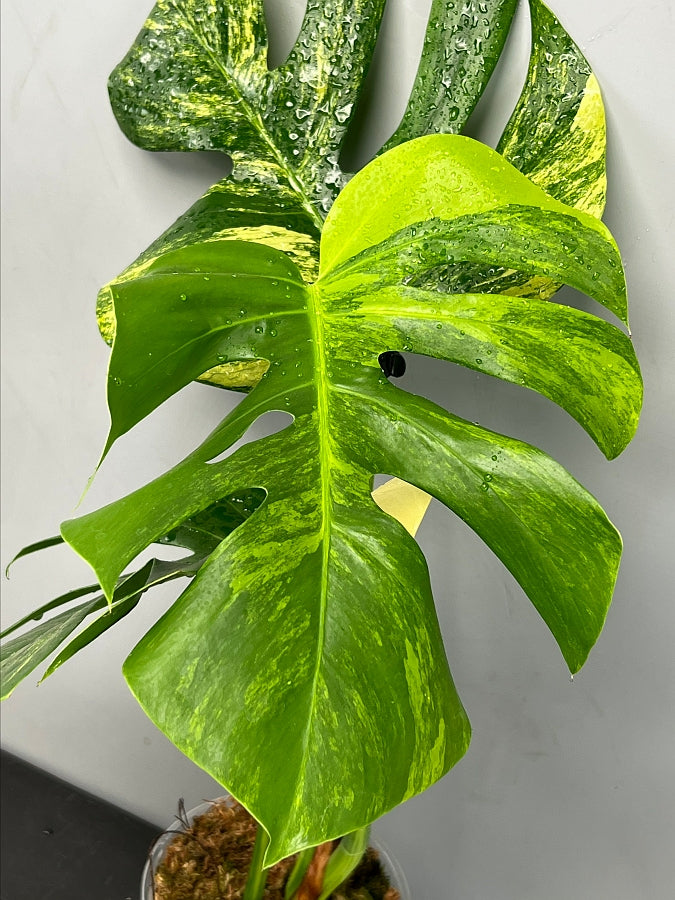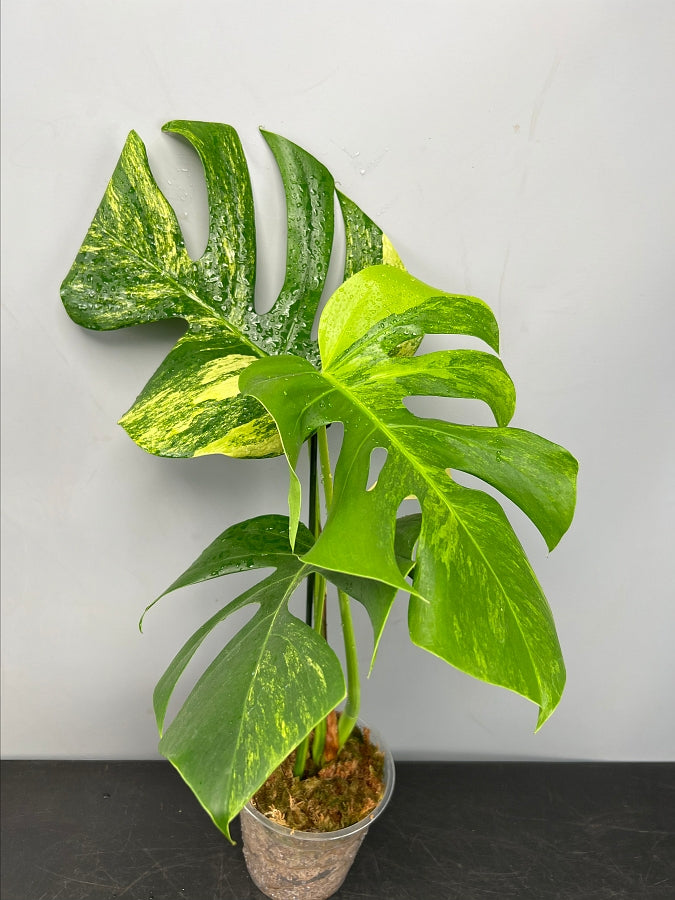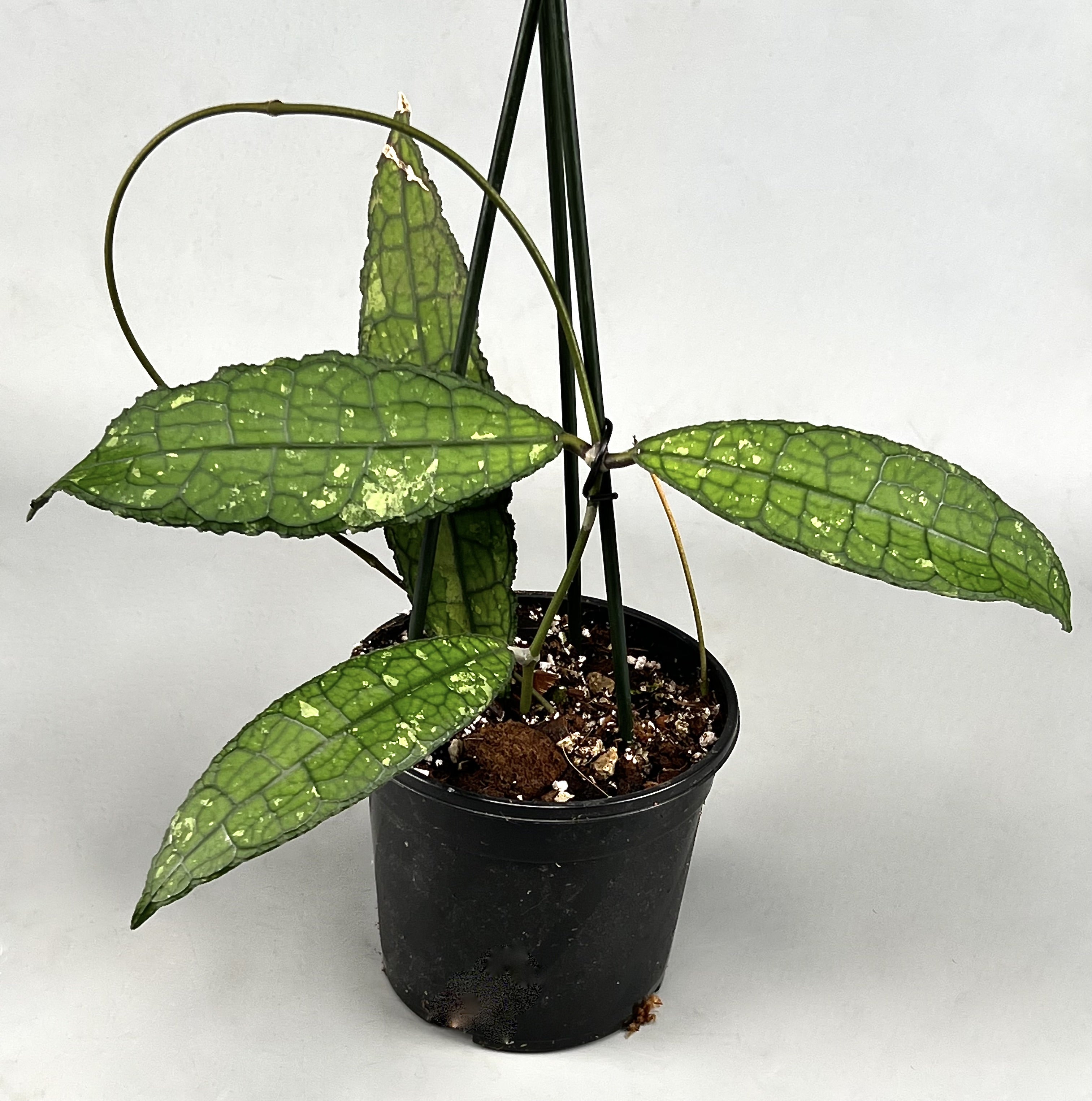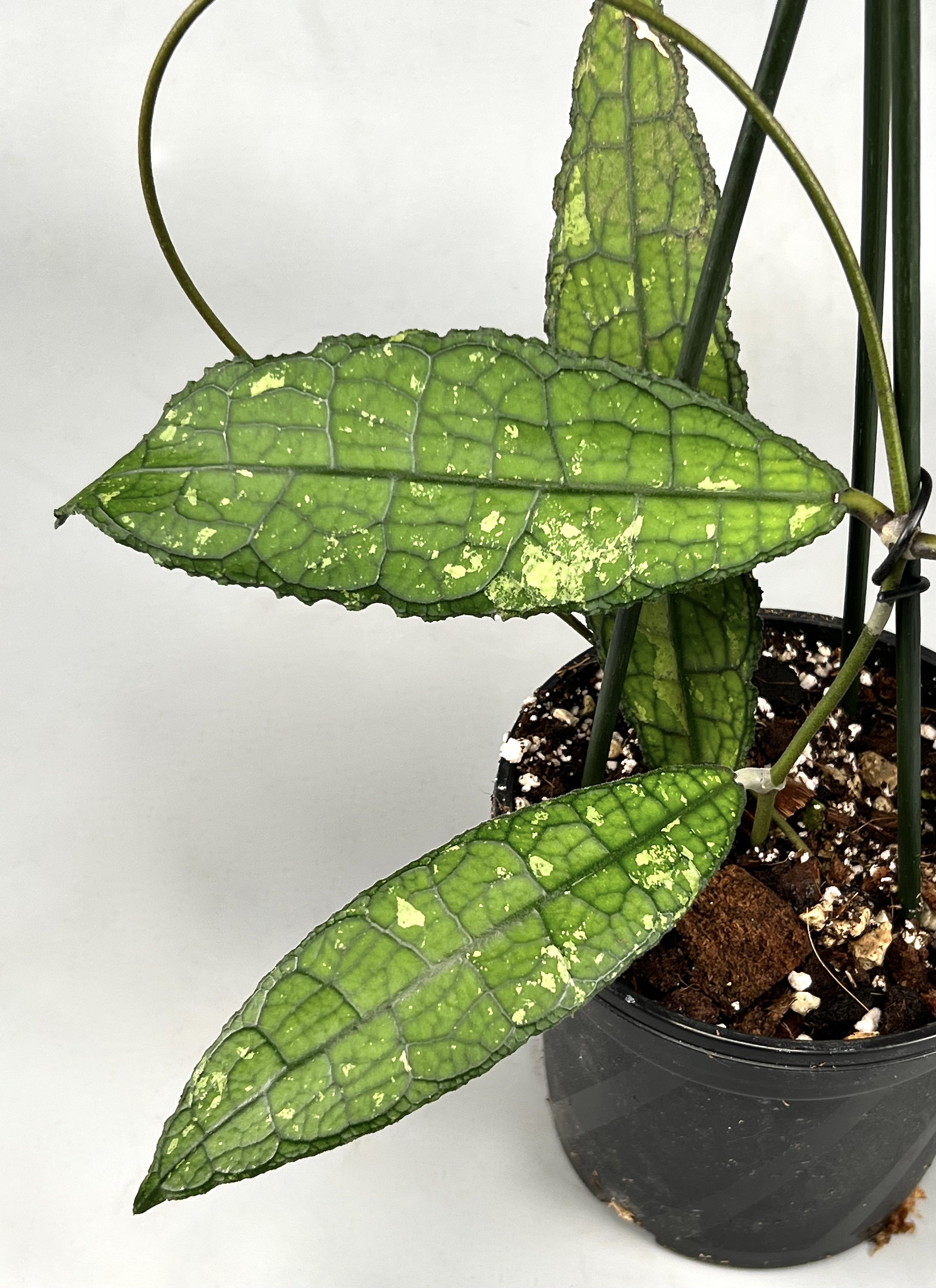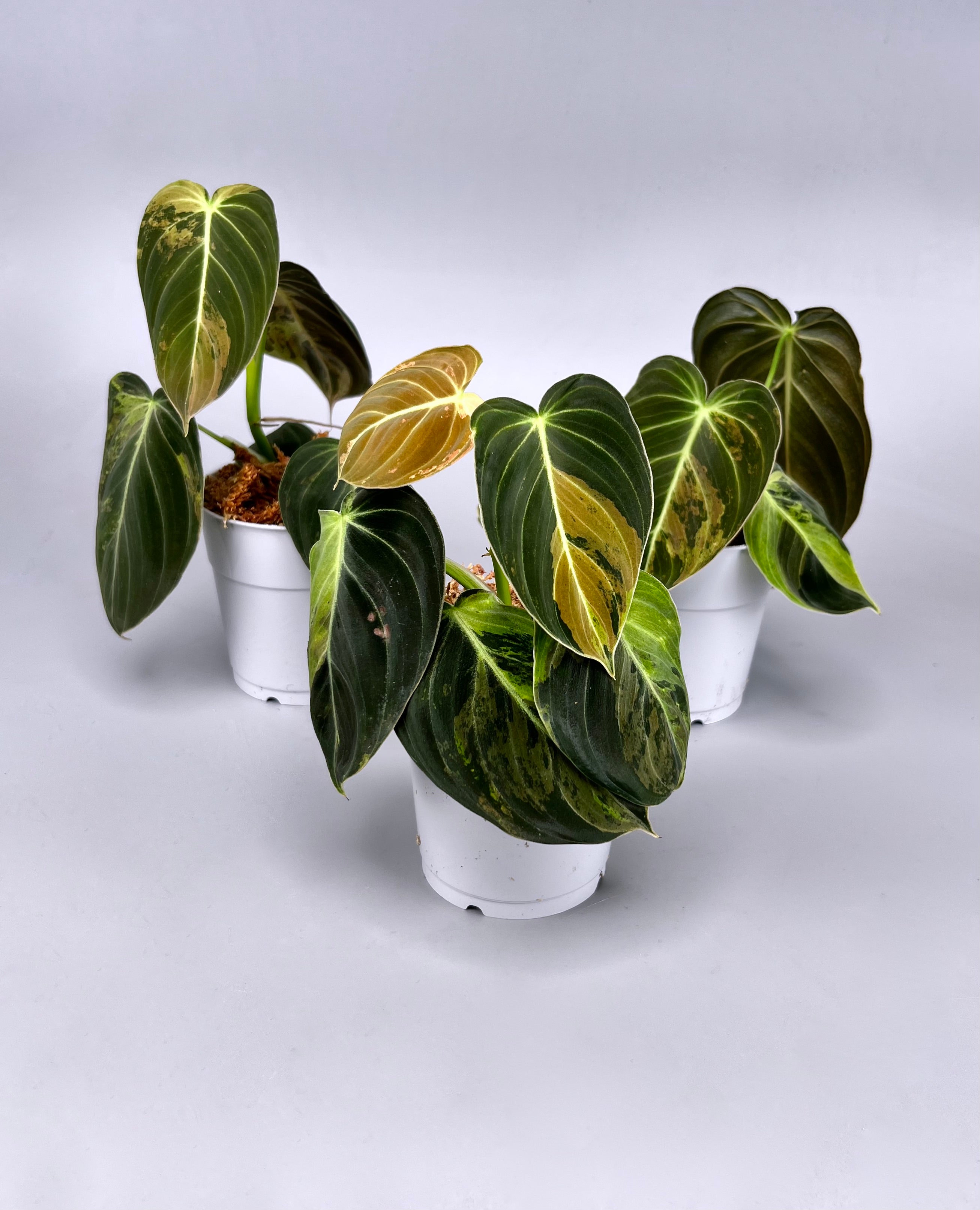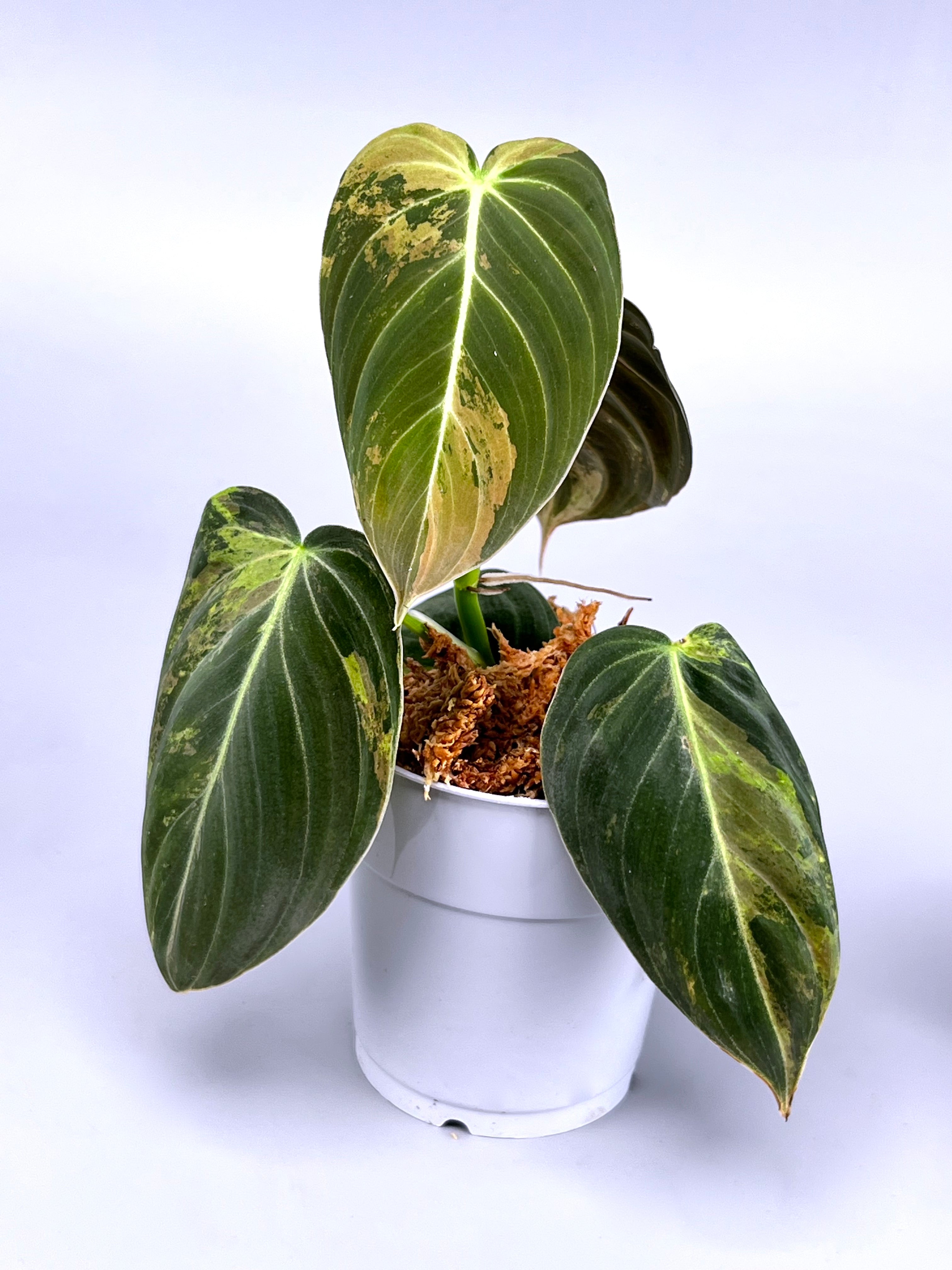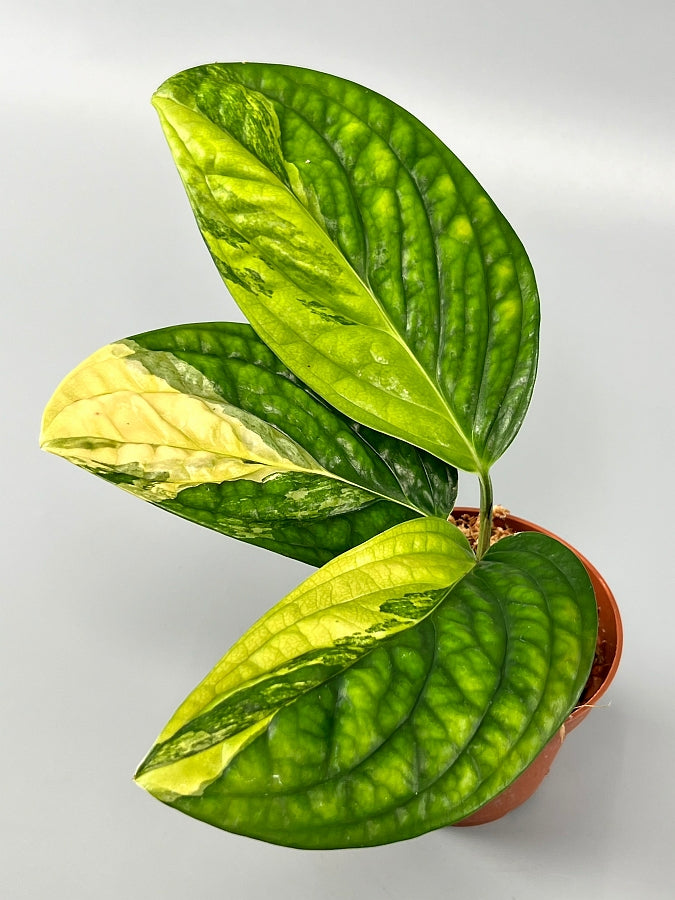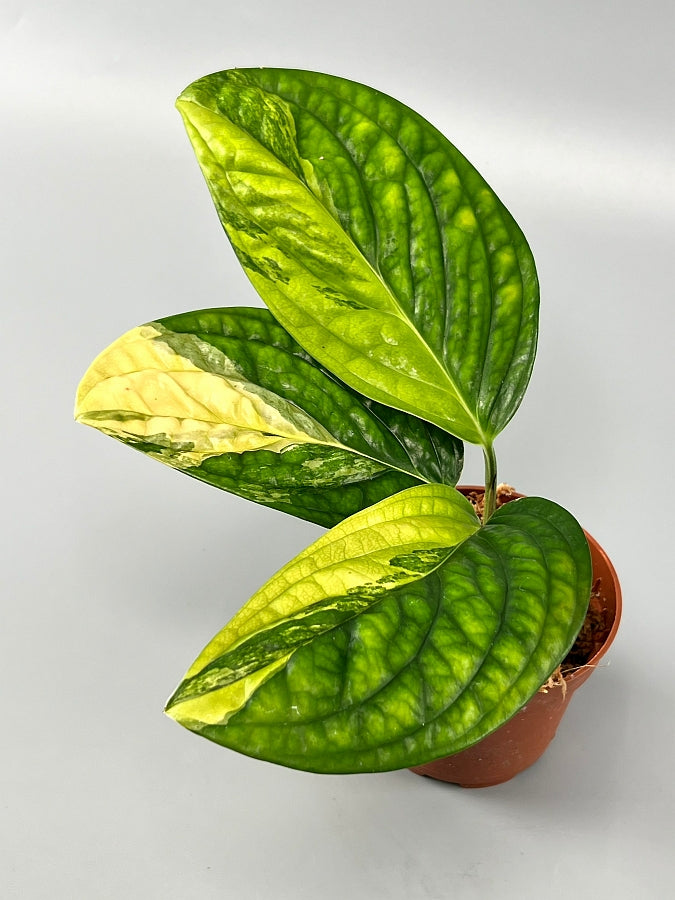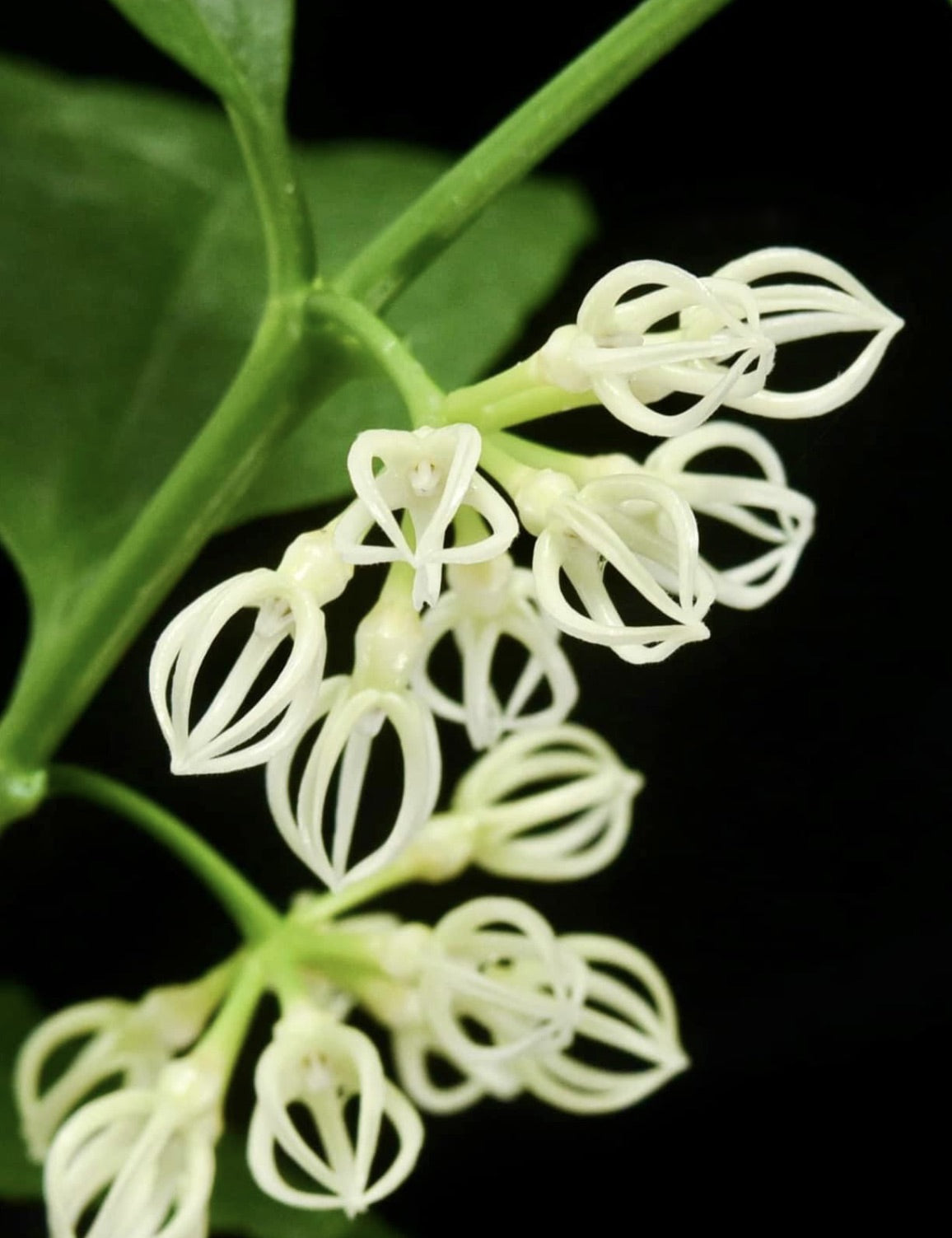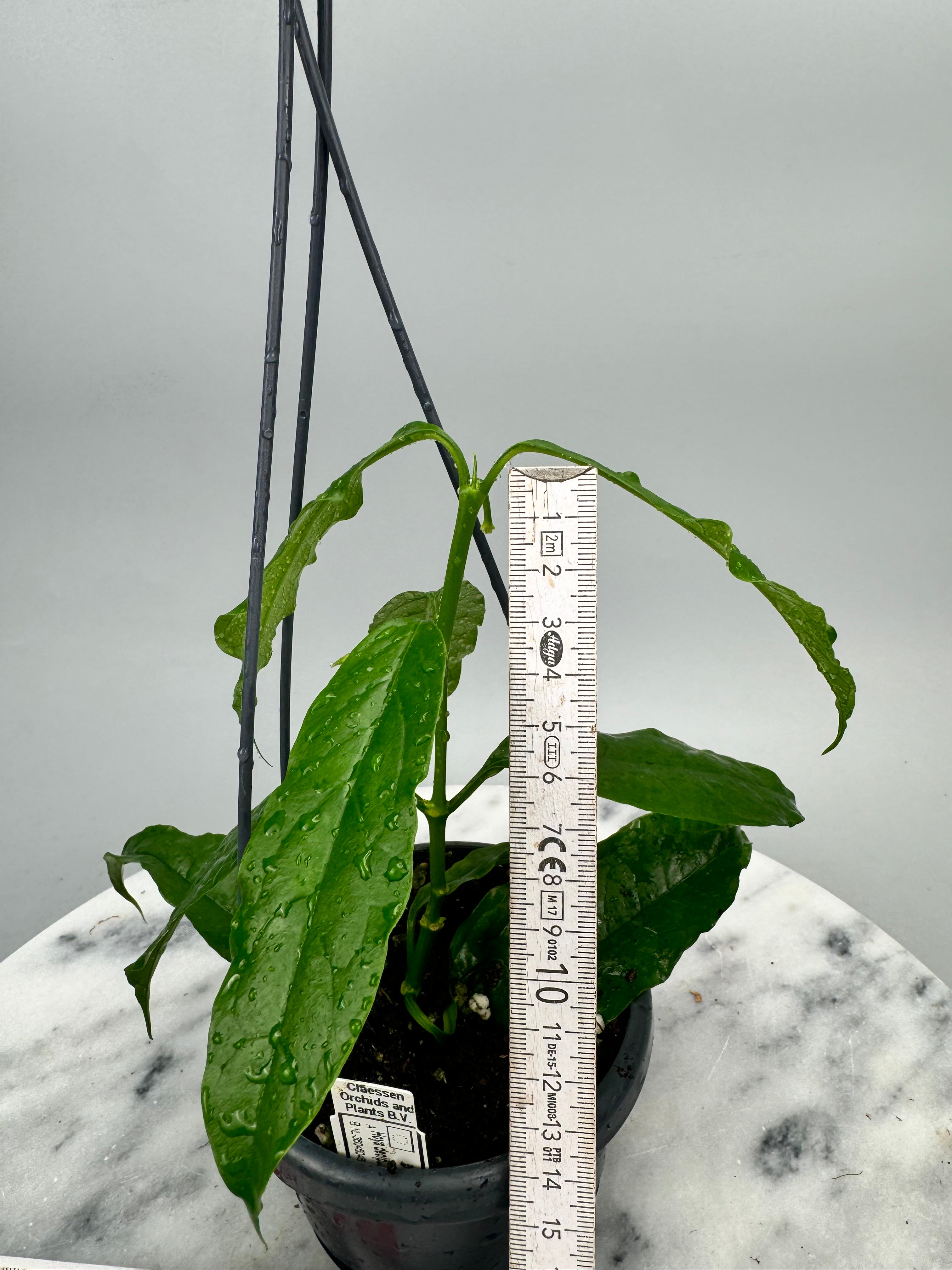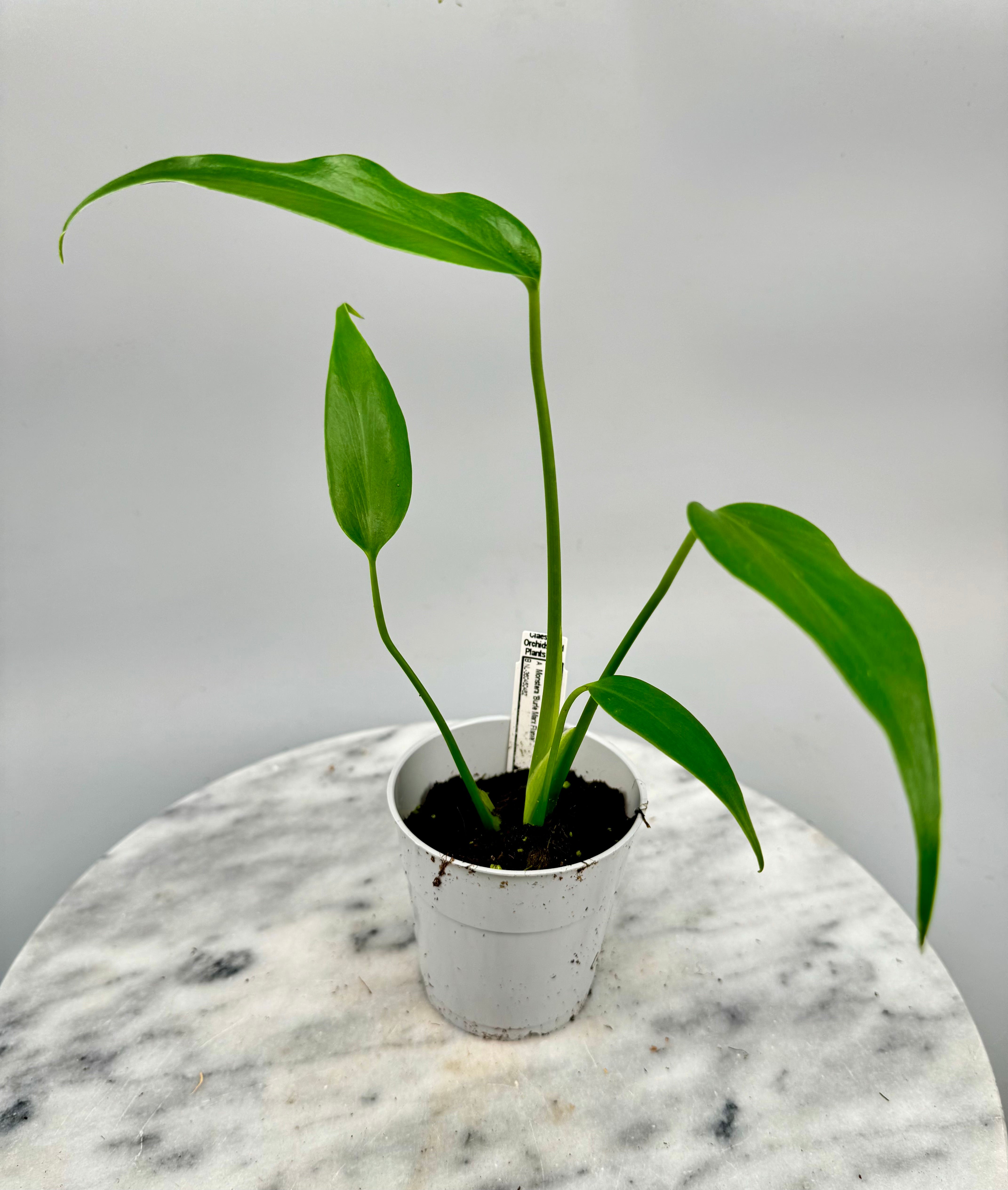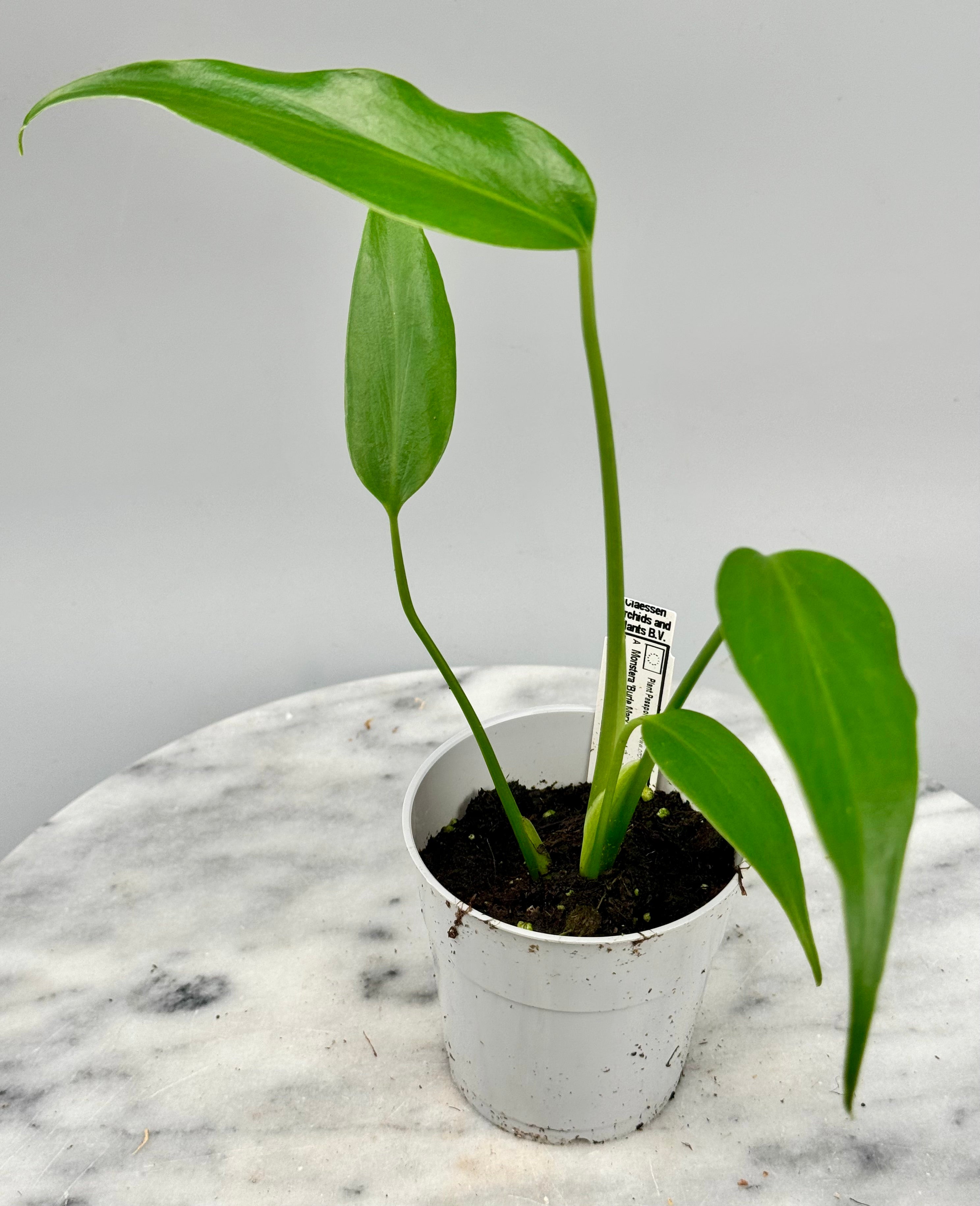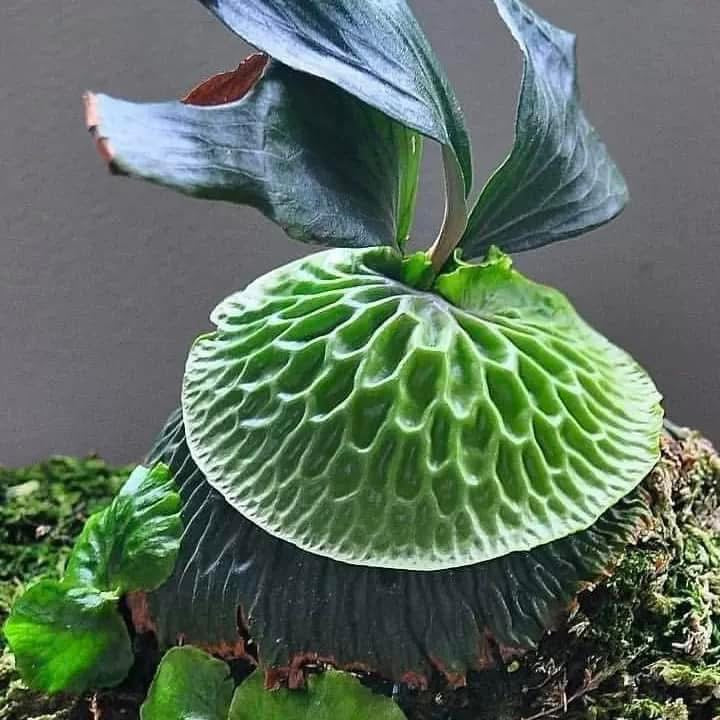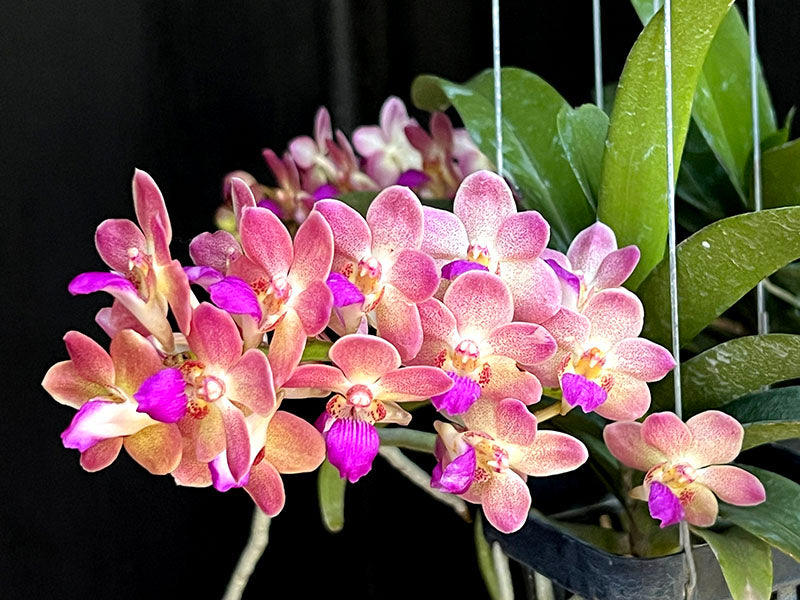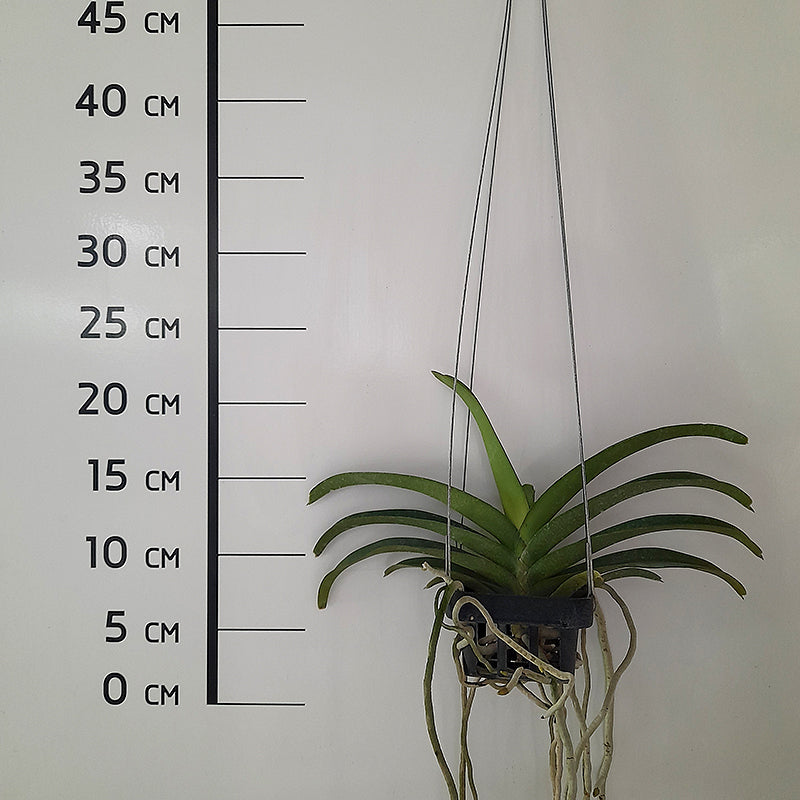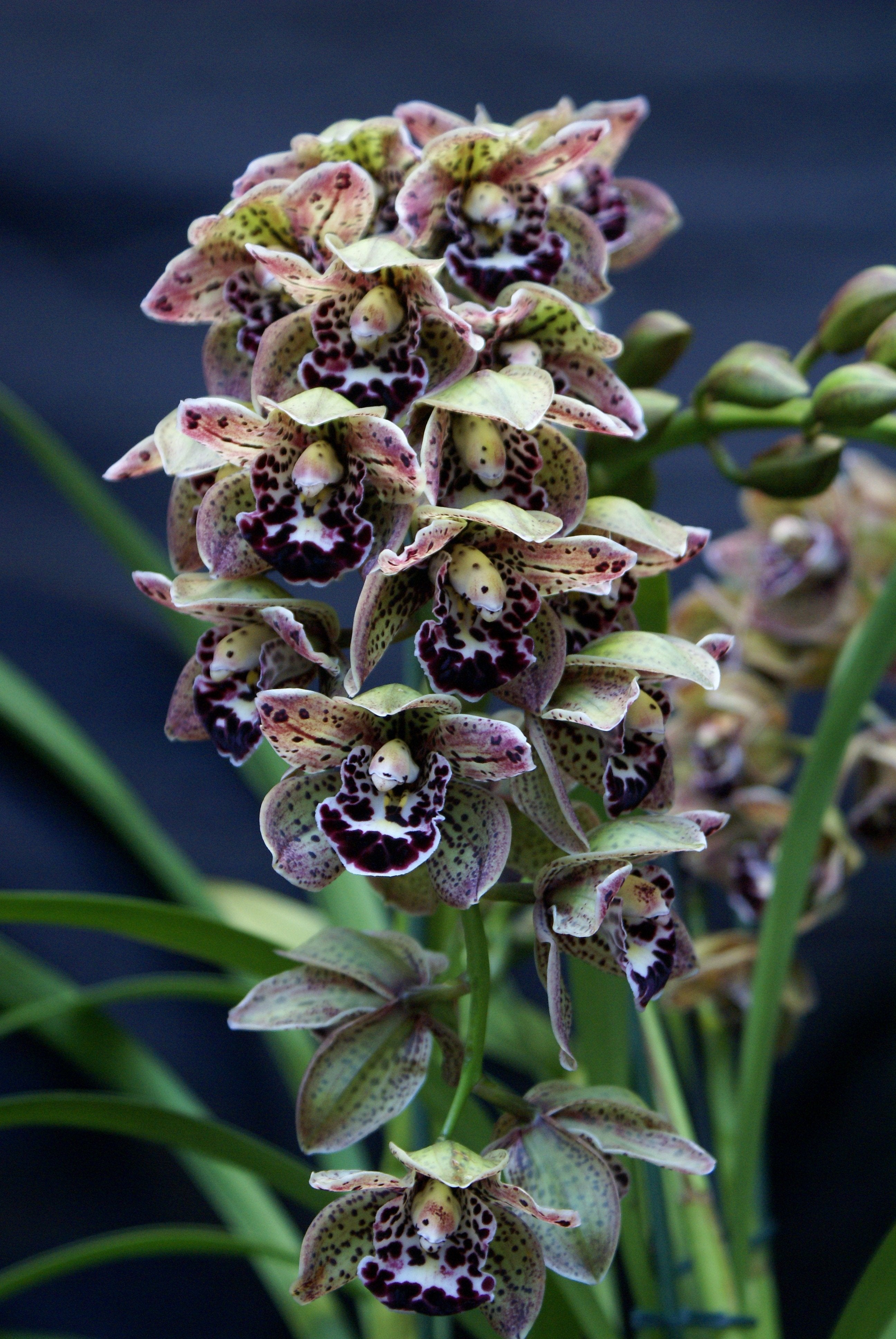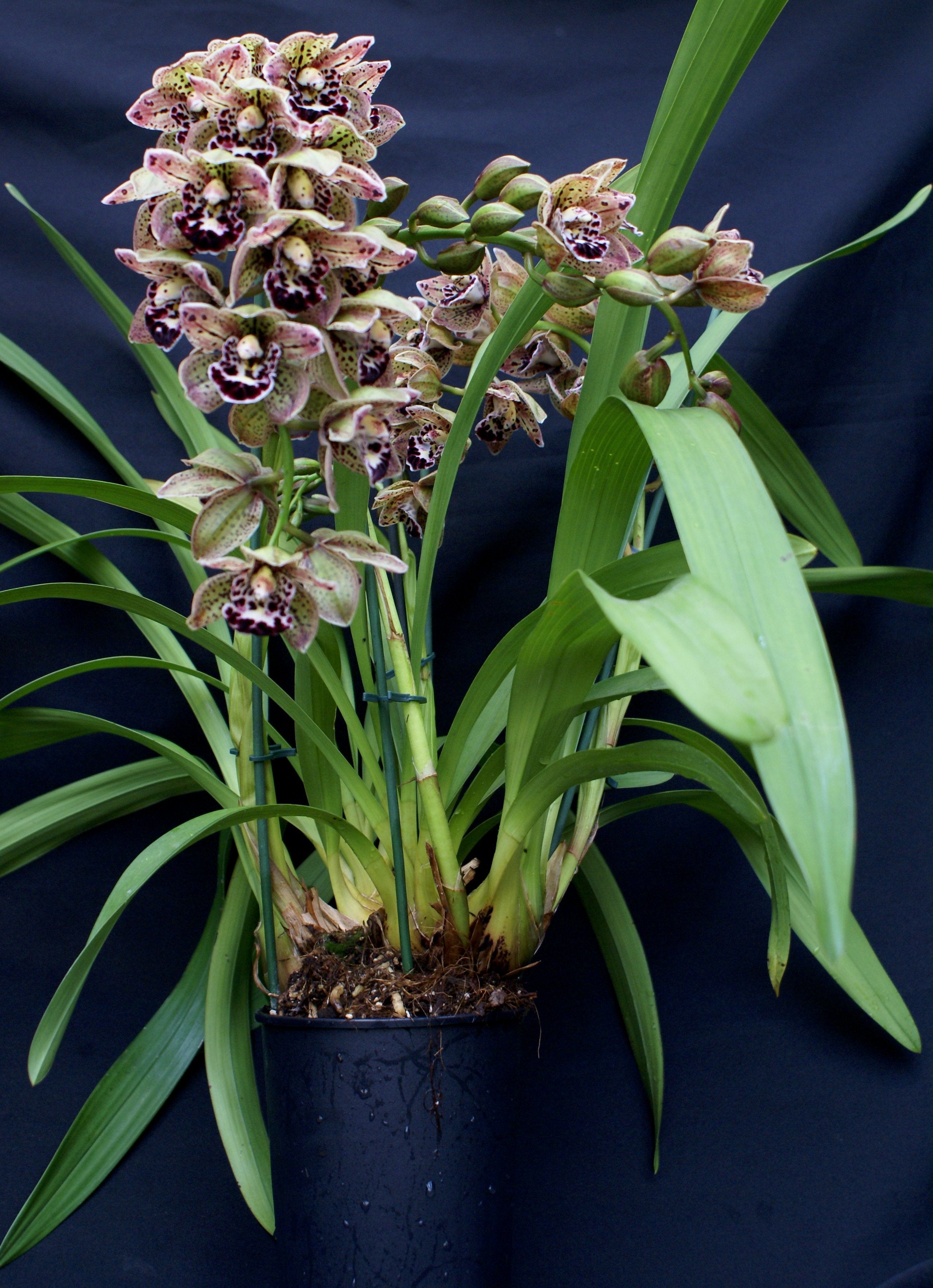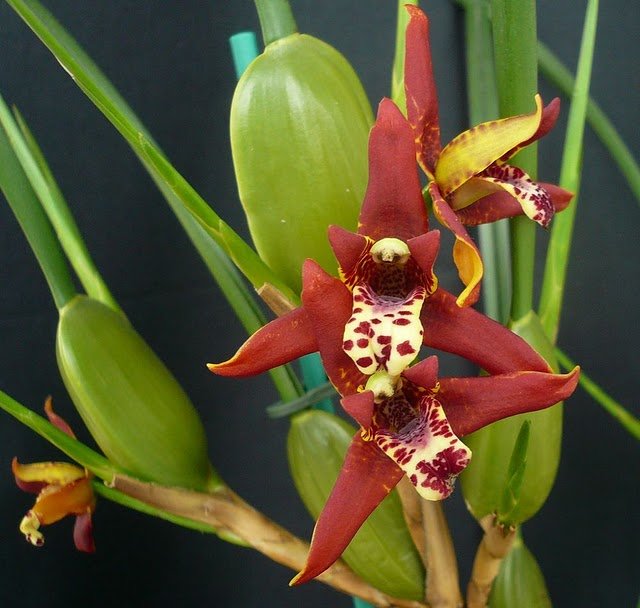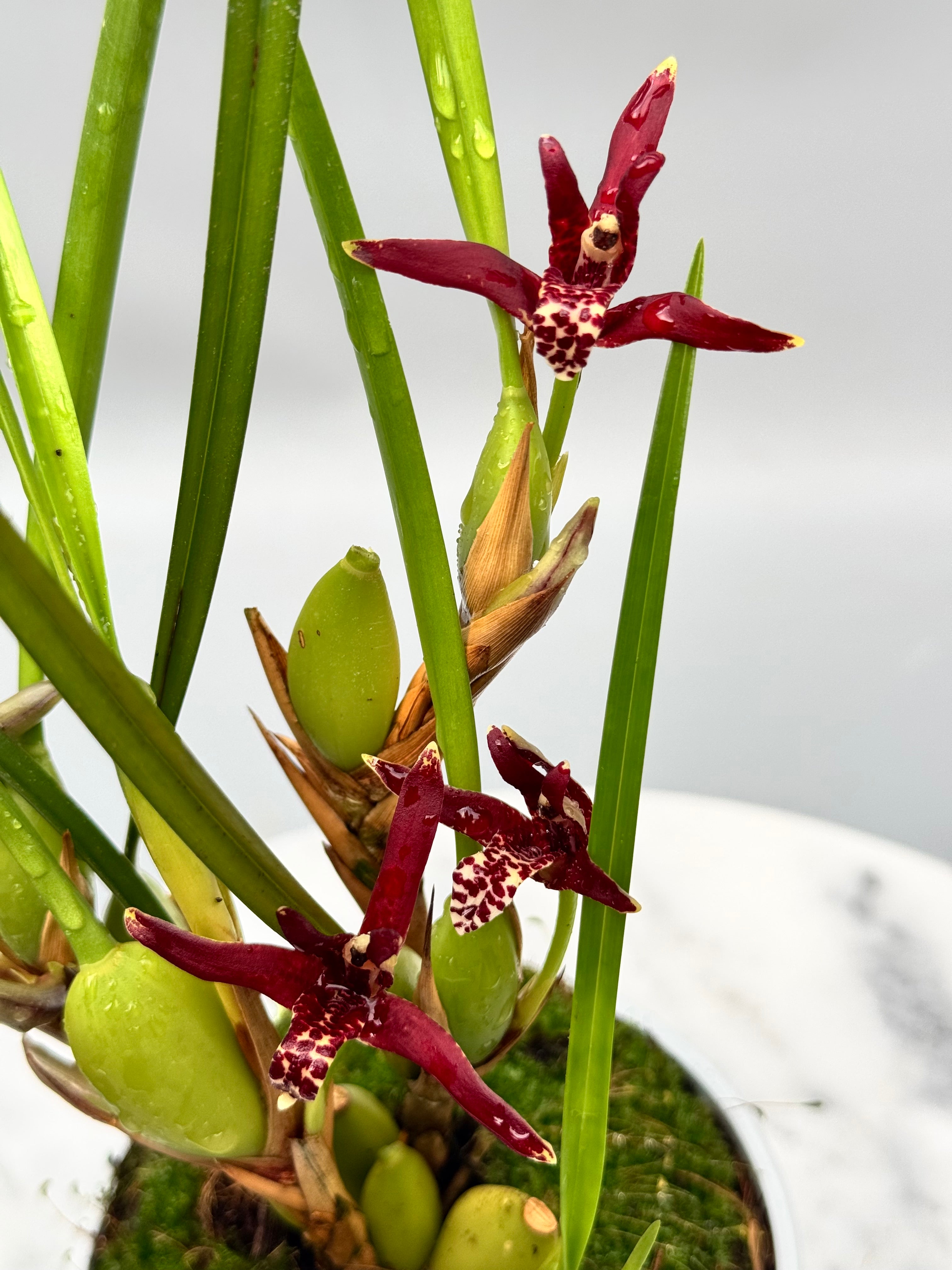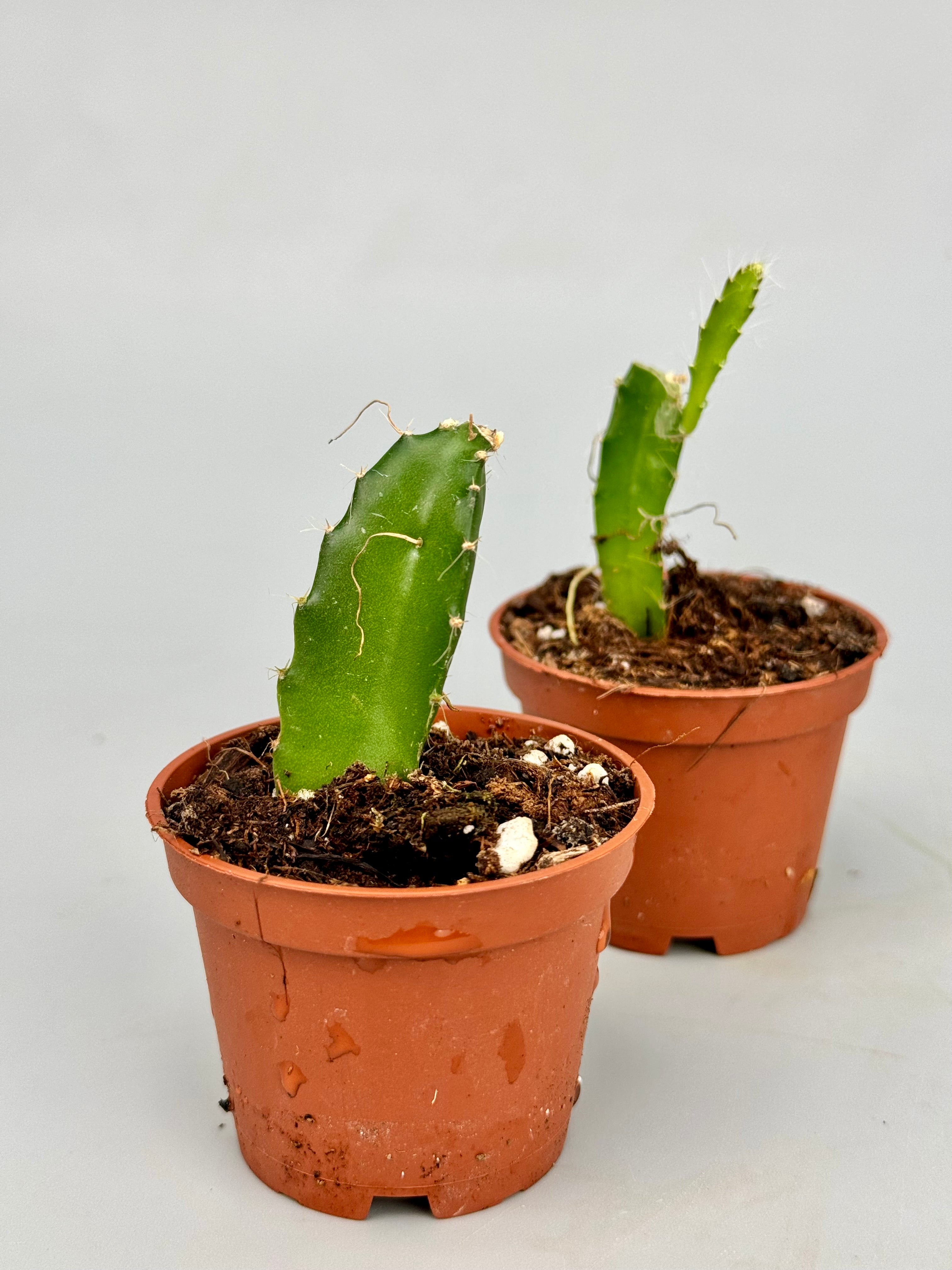By now we know the pathetic commercials with the monkeys and other animals losing their habitats. "Donate now" they say in the process. But little attention is paid to vulnerable flora, and concrete examples are few and far between. Yet one of our beloved houseplants is in extreme danger from deforestation in the tropics. Here are four examples where deforestation is causing orchid habitats to disappear.
1. Loss of trees and shade
A large portion of orchids grow on trees and need shade. These types of orchids are called epiphytes. When trees are cut down, these plants lose their natural habitat and the shade the orchid needed to survive. In fact, in direct sunlight, many orchids burn.

2. Local climate change
In tropical forests, deforestation projects sometimes change the microclimate. The temperature often becomes locally higher due to higher sunlight, humidity decreases, and the wind can become stronger due to the open spaces that have been created. Orchids are fragile organisms that have spent years adapting to the specific climatic conditions a particular tropical environment has to offer. Deforestation can drastically disrupt these climatic relationships, reducing the survival chances of orchid species in that area.
3. Loss of symbiotic connections.
Deforestation causes changes in soil quality. Many orchids need specific fungi in the soil to absorb nutrients. The fungi can be destroyed by deforestation, making it more difficult for orchids to grow or reproduce.

4. Separation of habitats.
Fragmentation of ecosystems is often a direct result of deforestation. Remaining patches of forest become isolated, limiting orchid dispersal opportunities and reducing genetic diversity within populations.
In short, deforestation removes the complex tree ecosystems in which orchids reside. This drastically decreases their habitat and chance of survival.



